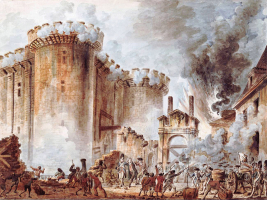Top 4 Creepy Things from 'The Thousand and One Nights'
During the Islamic Golden Age, a collection of Middle Eastern folktales known as One Thousand and One Nights was collected in Arabic. The framing technique of ... read more...the story of the monarch Shahryr being told the tales by his wife Scheherazade is a feature of all copies of the Nights. The subsequent tales develop from the first; some are standalone while others are placed inside other tales. The Nights' adventures, pious parables, love stories, and bawdy jokes are mixed in with frightening tales, ranging from the merely spooky to the utterly terrifying. Medieval audiences loved a good scare as much as anyone else. Now, let's take a look at the creepy things from 'The Thousand and One Nights'.
-
Long before Islam began to expand over the Middle East in the seventh century, ghoul stories were common. In fact, gallu, the name of an Akkadian demon in prehistoric Mesopotamian mythology, may have inspired the Arabic word ghul. Many of the ghoul-related Bedouin folktales collected by Arabic academics in the eighth, ninth, and tenth centuries found their way into the collection "The Thousand and One Nights". In the 18th century, both this book's translations and the ghoul concept made their way to Europe. The ghouls of "The Thousand and One Nights" were evil tricksters and insatiable flesh eaters in the original Arabic manuscripts. They used the appearance of lovely ladies to abduct captives and entice amorous men to their deaths. They occasionally even crept inside storerooms and munched on dates there.
Arabic manuscripts did not refer to ghouls as grave robbers that consumed the corpses, despite the fact that they were occasionally connected with hyenas that went hunting for food. The early 18th century French translation of "The Thousand and One Nights" by Antoine Galland, according to researcher Ahmed Al-Rawi, appears to be when this information first appears. Galland allegedly invented the female character Amina, who prefers the company of graveyard ghouls than that of her new husband, in addition to making unauthorized translations. The work of William Beckford, the author of the 18th-century Arabian-themed book "Vathek", and Sabine Baring-folklore Gould's research, were both influenced by this incorrect translation, which had a significant impact on the Western world and its view of the Middle East.
Ghouls, unlike jinn, are always evil; they have a taste for human flesh, frequently lurk in graves, and have a reputation for taking on appealing forms to entice people into the wild. According to Arabic tradition, a ghoul can be slain with a single hit, but it can be revived with a second strike.
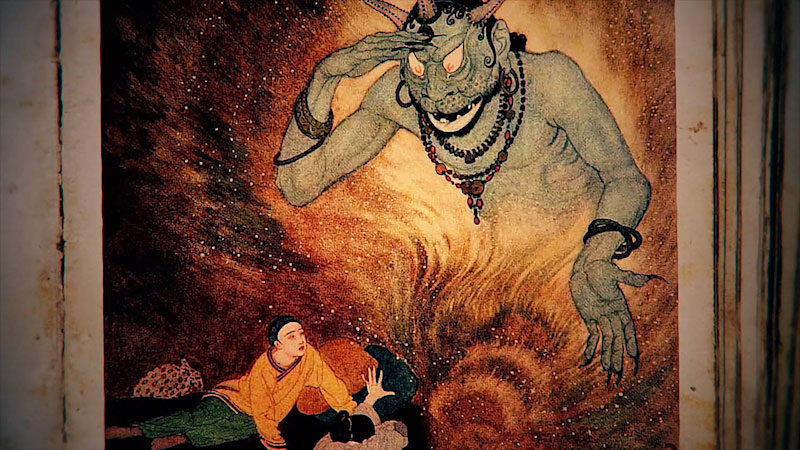
thoughtnova.com 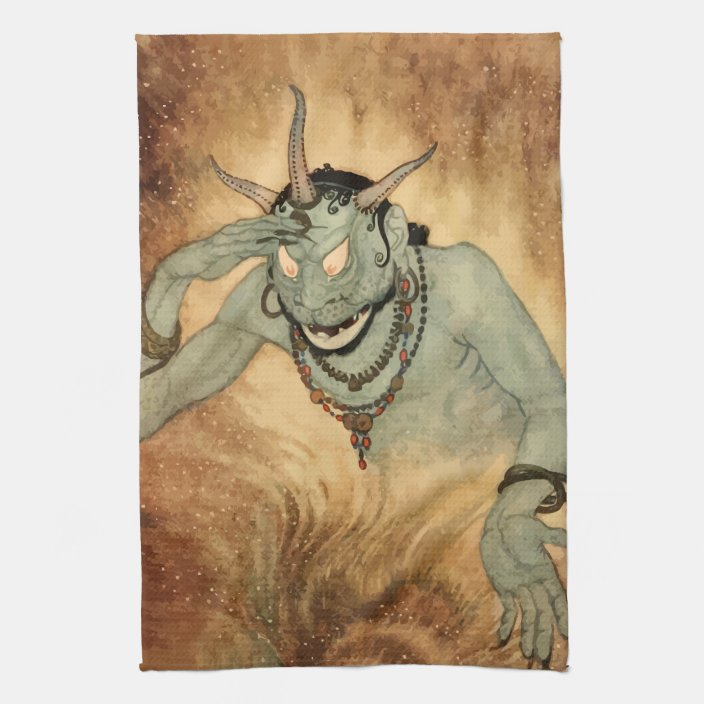
zazzle.co.uk -
The story of the City of Brass is one of the Nights' spookiest tales. In the tale, a group of explorers arrive at a walled city after traveling a lengthy route marked by ominous sculptures and passing through a gloomy castle filled with graves. They come across attractive young ladies on the outside walls, but as they look closer, they are shown to be deceptively made automatons designed to trick invaders into jumping to their deaths from the walls. Before the illusion is realized, a handful of the men are slain.
The others continue inside, where they discover incredibly opulent buildings with what appears to be gold and gems covering every surface. However, the city is alarmingly silent. The only people there are dead people, some of whom are still in their houses and businesses, creating the sense that time has stopped. The party has finally captured the city's queen. They temporarily mistake her for a live person because of her dazzling eyes, but they quickly realize that she is also dead and that the quicksilver an embalmer placed in her eyes is what gives them their brightness. The entire narrative is detailed in a nearby inscription: after doing everything to rescue themselves, the city's residents returned to their homes and awaited their destinies. In the end, it serves as a warning about the fleeting nature of money. Moreover, it is quite spooky.
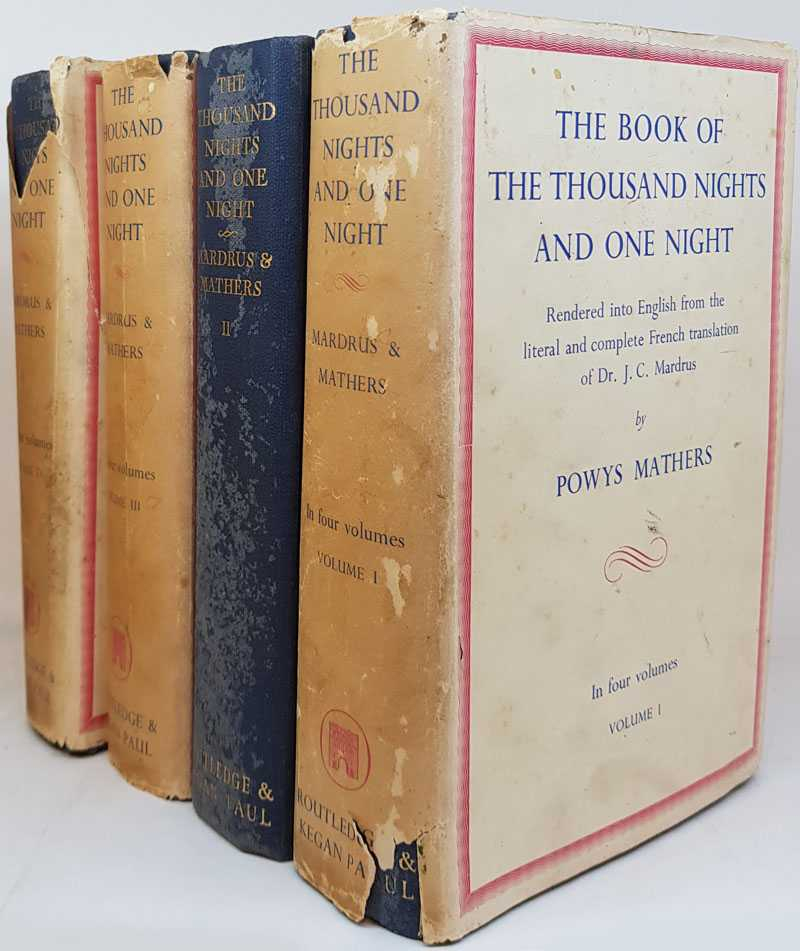
sharingebook.com 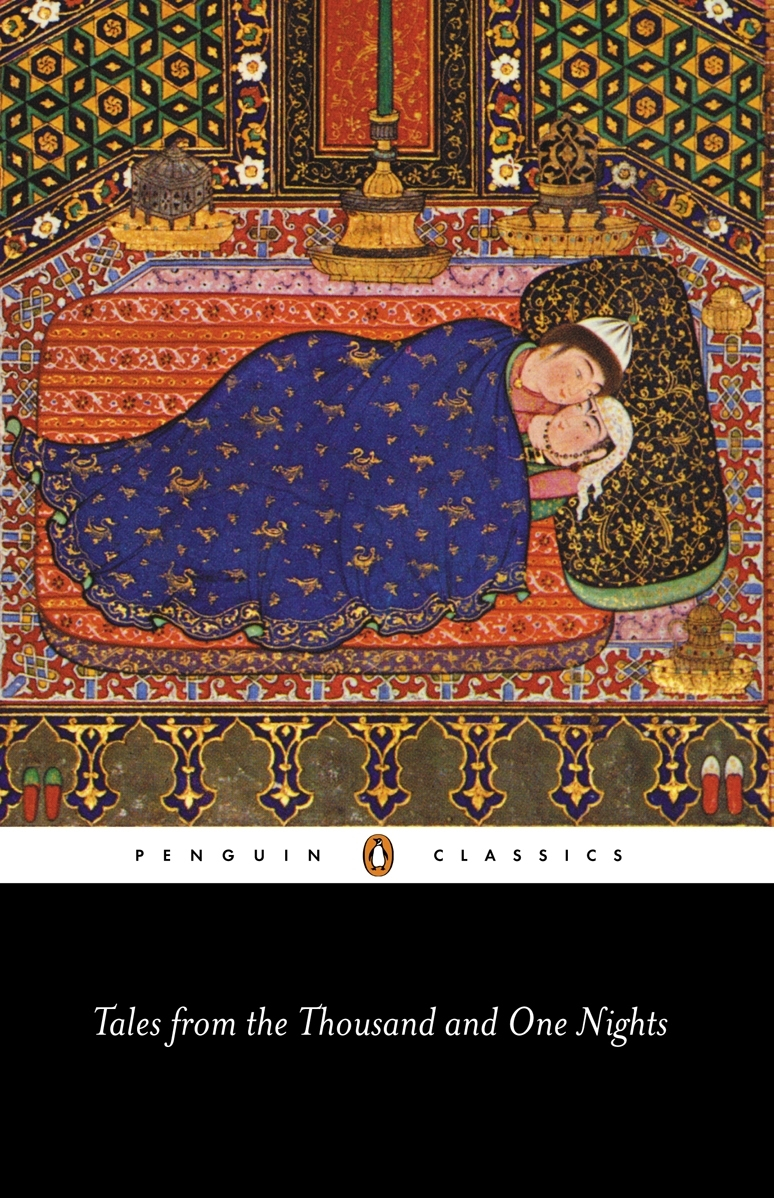
Penguin Books Aus -
In early pre-Islamic Arabian religious systems and subsequently in Islamic mythology and theology, jinn—also romanized as djinn or anglicized as genies—are invisible beings with a larger definition of spirit or demon. They are accountable for their actions, just like humans, and depending on whether they follow God's instructions, they can be either believers (Muslim) or unbelievers (kafir). Islam recognized spirits from other religions and was able to adopt spirits from other religions during its spread since jinn are neither inherently good nor bad.
The idea of jinn is not exclusively Islamic; it may also refer to a number of incorporated paganisms. Islam rejects any affinity between the jinn and God in order to uphold a strict monotheism and the Islamic notion of Tauhid, placing the jinn on equal with humans and making them susceptible to God's judgment and the hereafter. The pre-Islamic Arabian practice of worshiping jinn or seeking protection from them is forbidden by the Quran. Jinn are thought to have thin, delicate bodies and the ability to alter at whim, despite the fact that they are mostly invisible.
They would mostly take the appearance of snakes, although they could also pass for humans, lizards, scorpions, or scorpions. They might even have intercourse with humans, get pregnant, and have kids. When someone hurts them, they frequently seek vengeance or take control of the offender's body, necessitating an exorcism. The jinn often avoid interfering with humans and instead dwell in their own communities that are organized into tribes, much to the tribal cultures of pre-Islamic Arabia.
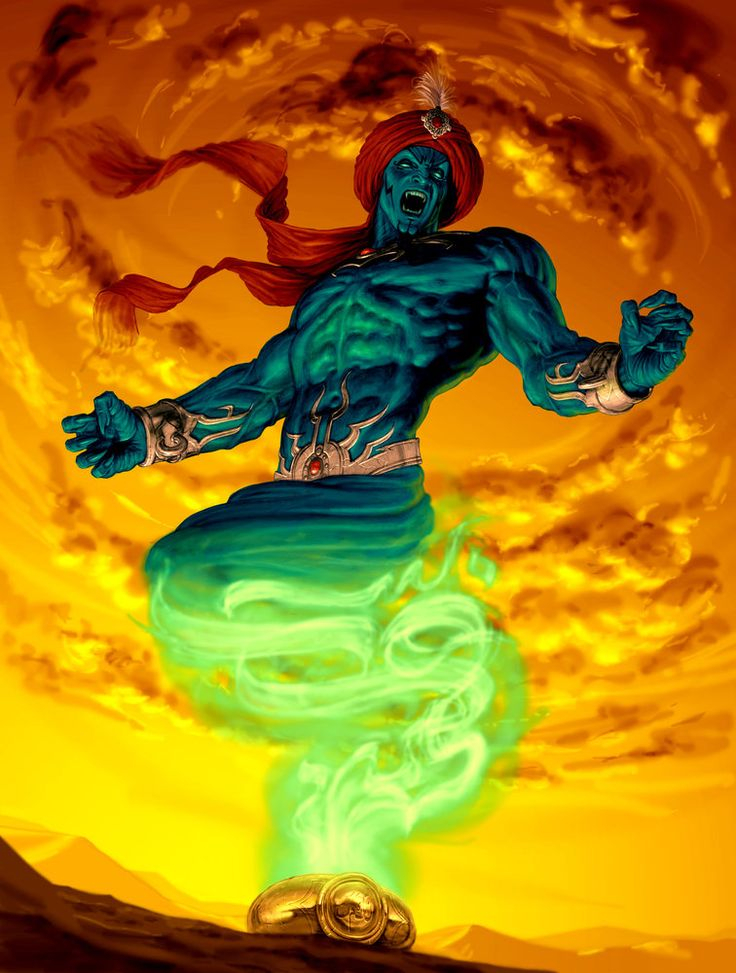
pinterest.com https://www.youtube.com/watch?v=b8DQWTts9vw -
The frame story that ties all of The Thousand and One Nights' stories together has a horror-like feel to it. In it, King Shahrayar decides to wed a new woman every day, spend the night with her, and kill her in the morning after learning that his wife has been unfaithful to him.
He is one of the main characters in the book One Thousand and One Nights and the ruler of a Persian empire that encompassed various middle eastern nations, including India and portions of China after crossing the Ganges River (also known as Arabian Knights). His brother Shāhzamān, who ruled over the Samarkand area, discovers one of Shahryār's many wifes committing adultery. He demands her quick death out of wrath. He makes the decision to wed a different virgin every night and have her put to death in the morning in order to stop any additional betrayals out of fear that his envisioned flawless future is in jeopardy as a result of this treachery. She gives Shahrayar a story every night. When daylight approaches, they are inevitably cut short, and the king, not wanting to miss the finale, permits Shahrazad to live and resume the narrative the next night. He abandons his goal after 1,001 nights. Nonetheless, it's easy to see Shahrayar as a modern horror-movie monster.
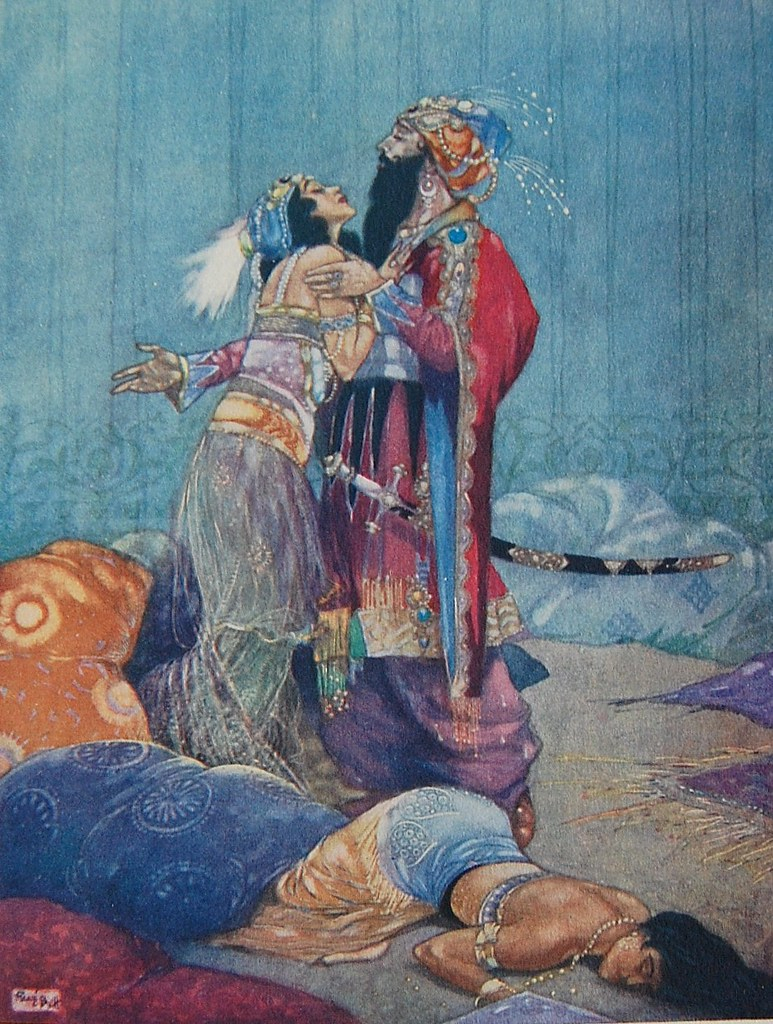
Flickr 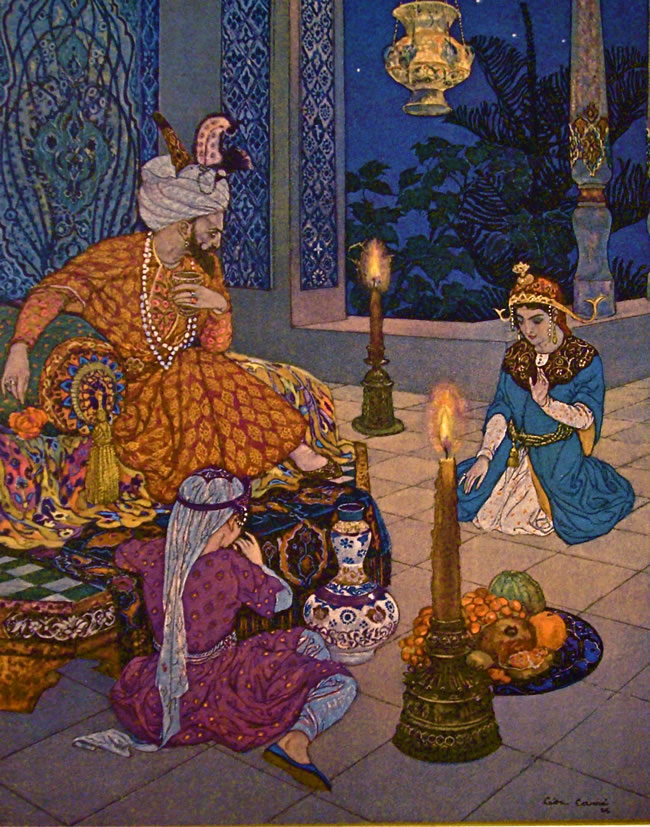
blogspot.com








